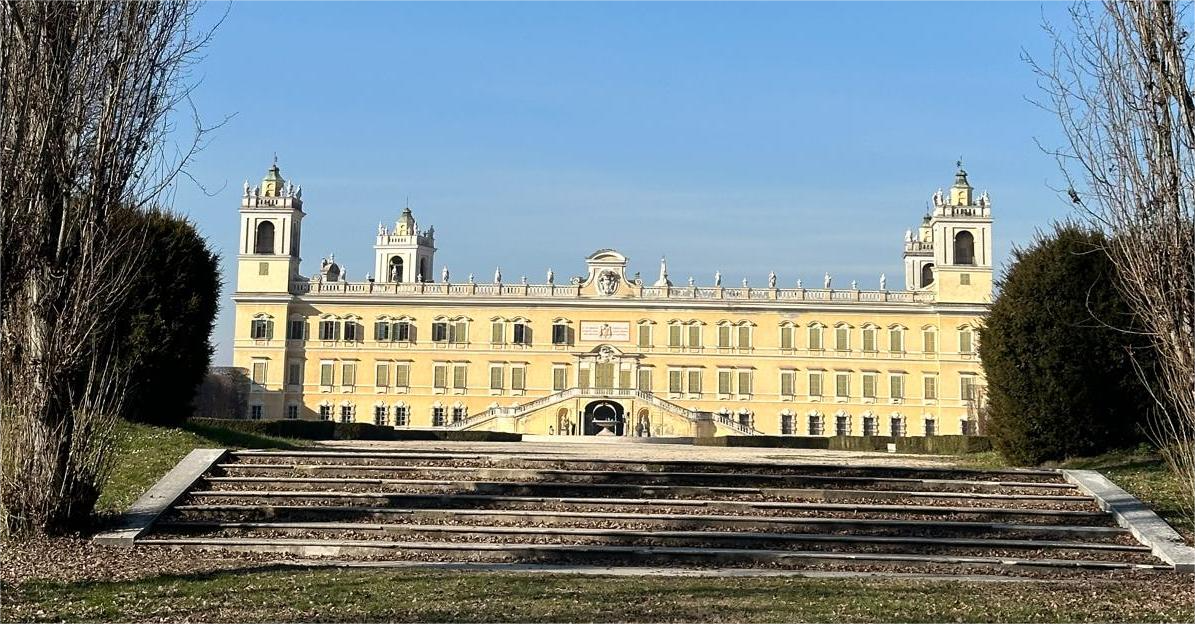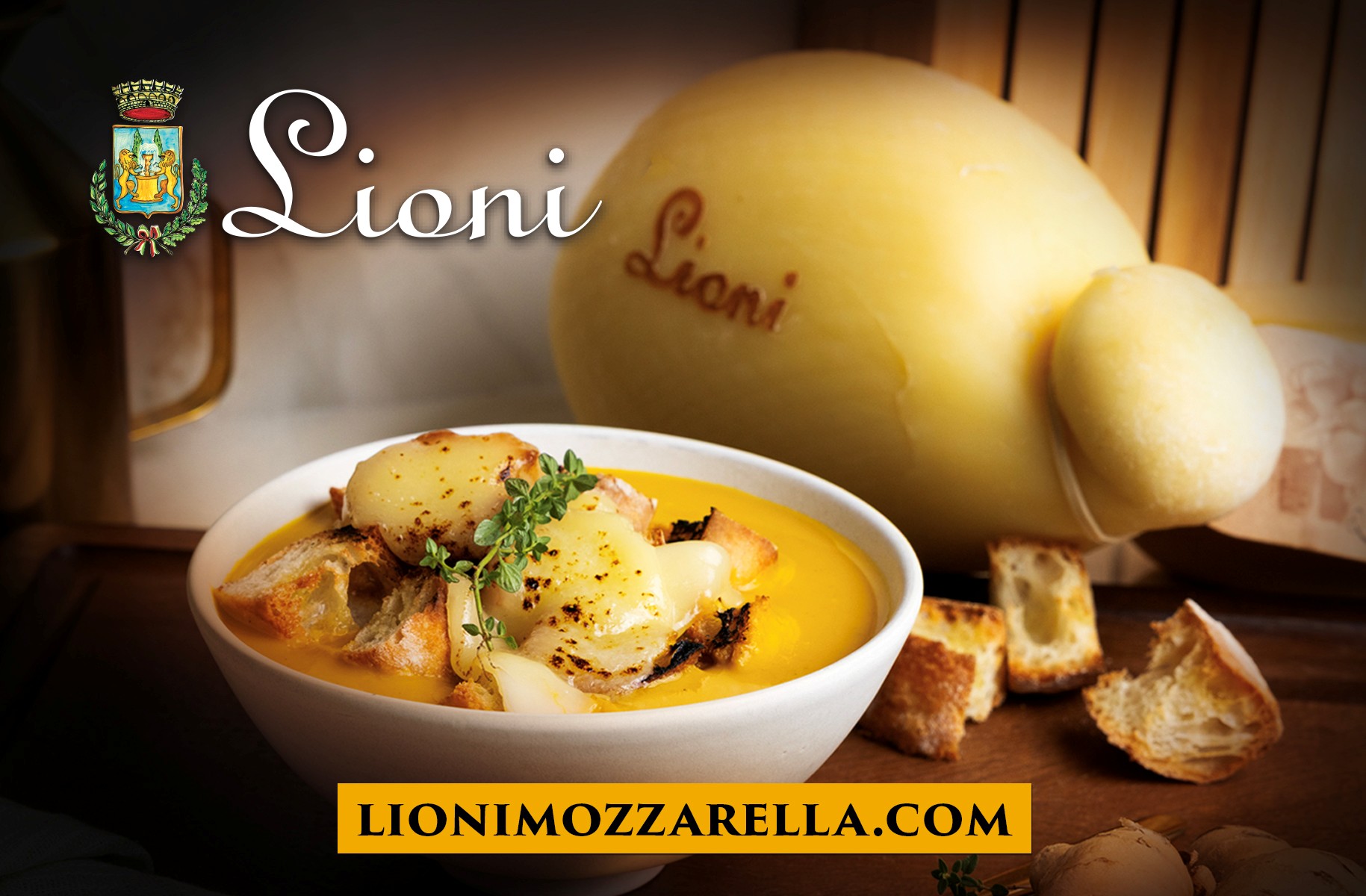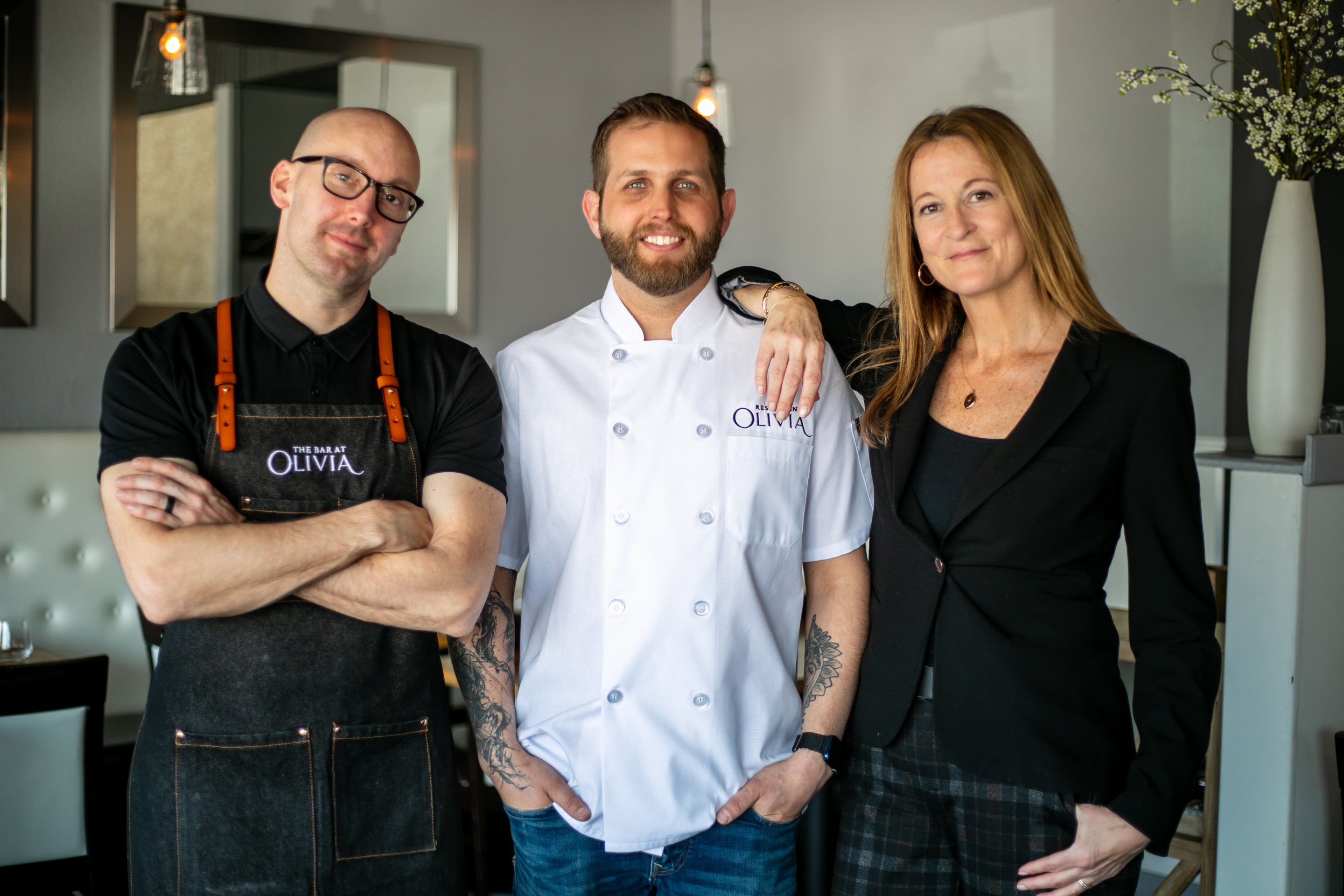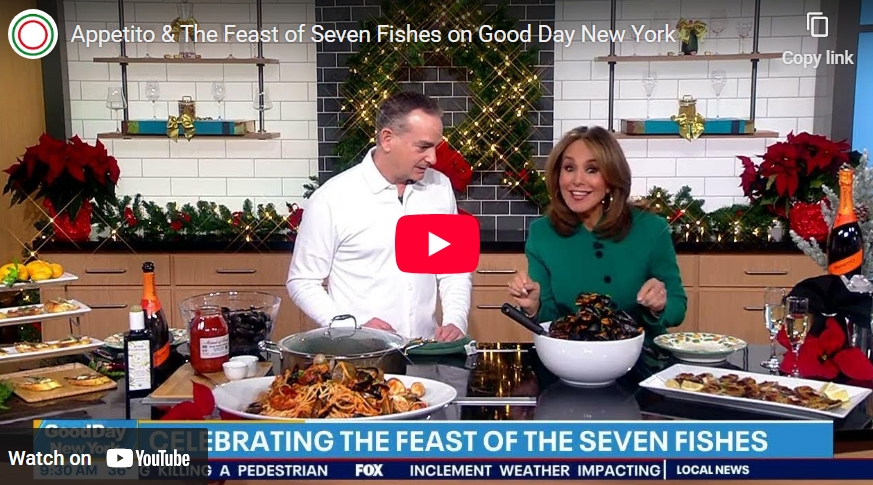I just got home after an emotional walk through Parma’s main square, tears streaming down my face as I regretted—of all days—not bringing my sunglasses. Today was my second-to-last day at ALMA; tomorrow will be my last.
Four years ago, I took a high-speed train from Milan to Parma, followed by an old, painfully slow one—no air conditioning, just open windows, faded blue curtains fluttering in the wind, and worn leather seats—from Parma to Colorno, the hometown of ALMA, the Italian Culinary Arts School. I was headed there for an interview. The job description had been written entirely in Italian, and I—who didn’t speak a single word of the language at the time—had memorized every possible question and answer they might ask. I was ready to dive headfirst into cold waters.
When the interview ended, my interviewers switched to English for the first time and confirmed what I feared: they knew I didn’t understand a word of Italian. They also said there was a “fire in my eyes” that could be useful in the office.
And just like that, I was hired.
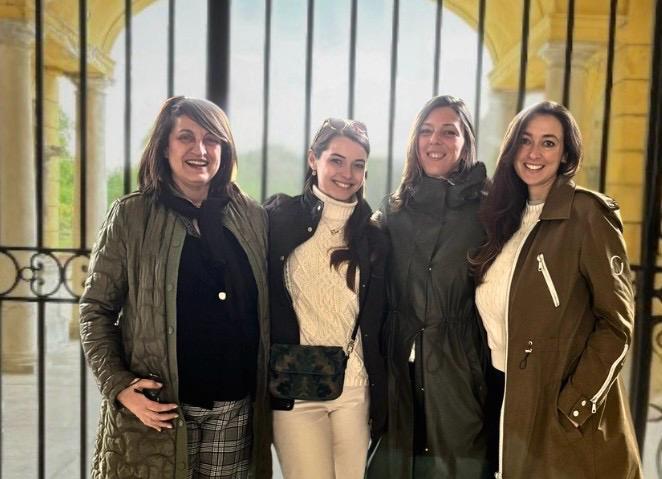
During my first week, my boss, Candida, told me to go down to the courtyard and offer a cigarette to a guest chef, Chef Antonella Ricci, who was waiting below our office. I replied that I didn’t have any, at which point she casually pulled out a pack from her purse and tossed it to me. I still didn’t speak Italian, but it turns out that jutting a cigarette out of a pack and handing it over with a shrug is a universal language.
In the time that followed, I went through the hardest transformation of my life. I had just been the girl who won a public speaking competition at my university to, suddenly, being described as “shy.” For the first year in the office, I barely spoke at all. The next year, I spoke in a kind of Itanglish, and eventually, I found my voice—sometimes even kind of fluently.
But it wasn’t just the language I learned. In my quiet observation, I absorbed the rhythms and rituals of Italian life—those little “Italianisms” I came to love. I was surrounded by Italians who, already naturally food-obsessed, were fanatically devoted to the traditions and regional intricacies of their cuisine.
At lunch, I’d sit with my colleagues and quietly mimic their mannerisms: bowing my head to take in the aroma of the plate before eating, using animated hand gestures and expressive faces when something was especially delicious, and tearing off pieces of bread to perform a proper scarpetta—savoring every last bit by cleaning the plate.
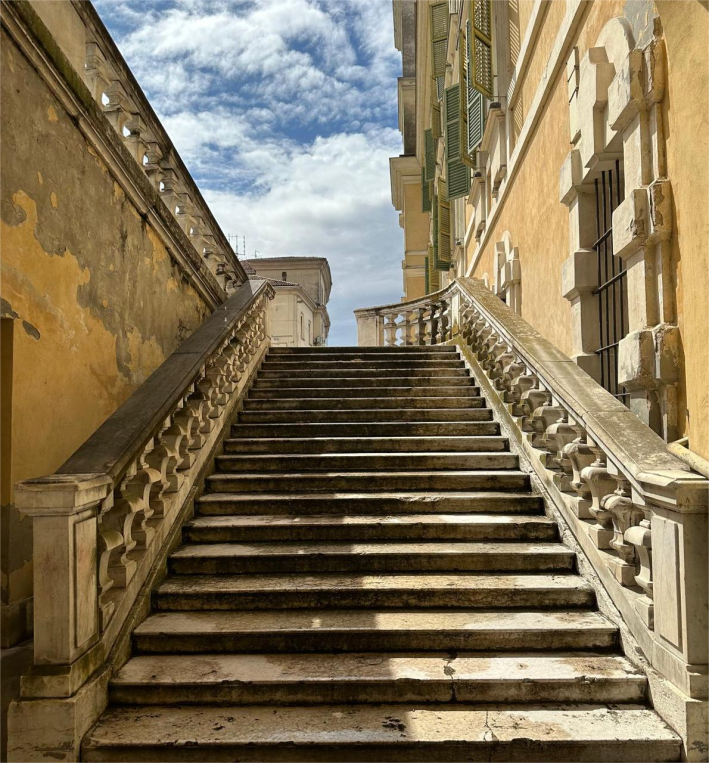
There were countless moments during my career at ALMA that left me in awe, wondering, How did I end up here? One particularly surreal moment: sitting in a hotel lobby in Paris, sharing chocolates and sipping champagne with Candida, Chef Enrico Bartolini and Chef Ana Roš.
But it’s those quiet, personal moments that I’m most thankful for.
I’m thankful for sitting on a boat in Capraia with Candida, eating aged goat cheese and being introduced to the melodies of Lucio Battisti. I’m thankful for my first pesto di cavallo sandwich with my colleague Andrea, followed by a visit to Parma’s Duomo, where we gazed up at the dome’s vortex and I felt like I was being lifted into a Renaissance heaven.
I’m thankful for laughing and crying with Eleonora, and for the chocolates Ciro would leave in our office. I’m thankful for crisp morning Vespa rides into Colorno with Almos. I’m even thankful for the heartache of not being able to express myself during a meeting conducted entirely in Italian—and the quiet pride of being able to lead such a meeting one year later.
Am I happy to move back to Milan? Yes—and I’ve thought about it since my first day in ALMA.
Am I going to miss ALMA? Yes—and in a way, I’ve thought about it since my first day in ALMA too.
